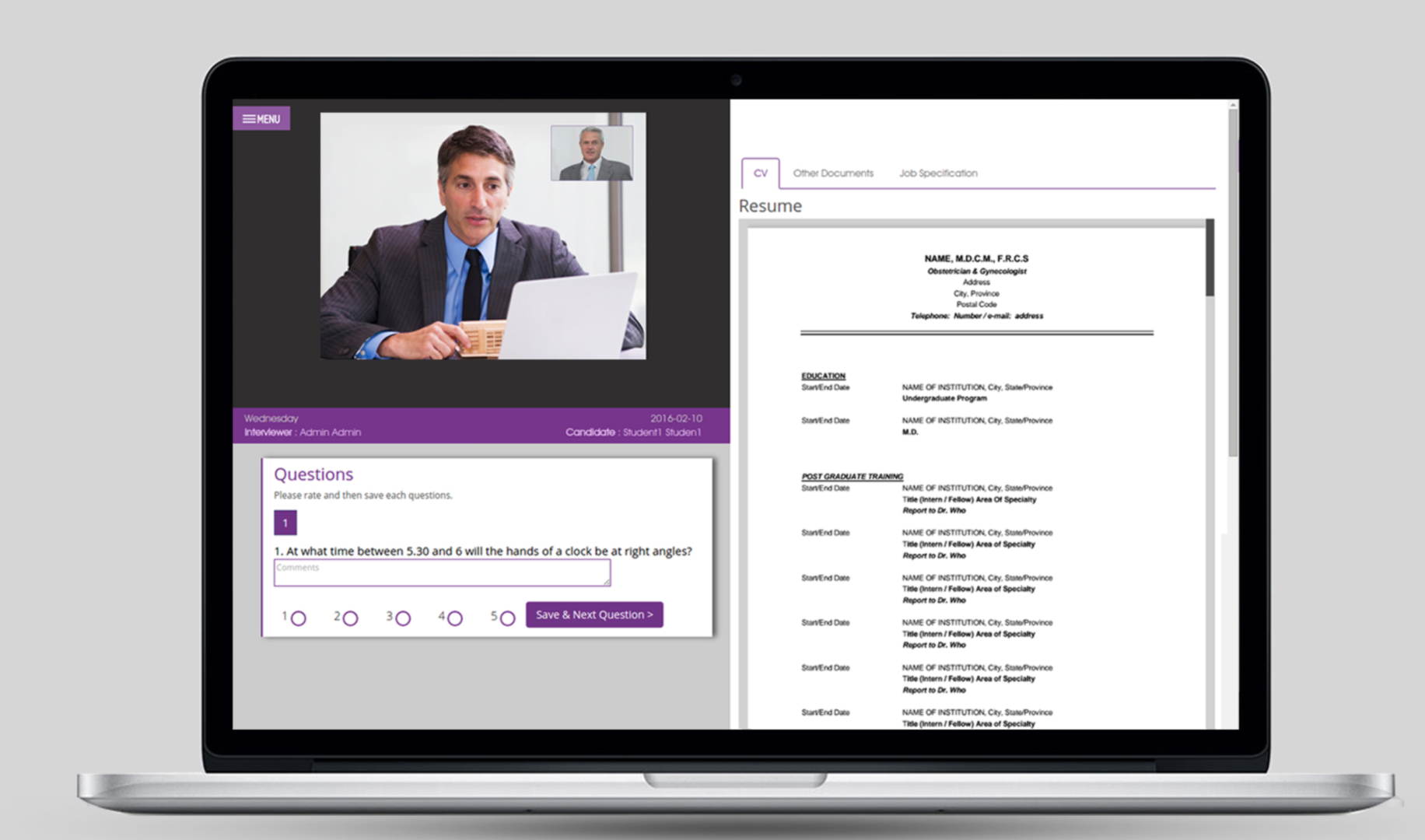
To home work or not to home work
Of the UK’s 30million+ employees, only around 5% were regularly home-based as at December 2019. In fact, only a third had EVER worked from home, even for the odd day. It’s a very different picture now. Almost overnight, a seismic change occurred, and the majority of office based workers shifted their daily environment from their company workspace to a spare room, a dining room table or, if lucky, their own home office.
But as we see tight lockdown restrictions beginning to ease, will the corporate world return to its desk centric model – or will there be an increased appetite for a hybrid approach that blends the convenience and productivity of home working with the social interactions and camaraderie of the office?
We think an element of home working is here to stay
Surveys have revealed that most of the UK workforce would like the opportunity to work, at least in part, from home. One such report by Eskenzi PR and OnePoll showed that only 9% of respondents would want to return to full time office working. The ideal for over a third of them was to work half and half each week. And the government advice concerning the imminent return to work is quite categorical – working from home should be supported if at all possible.
Technology makes it possible
The technology to support home working has been available for a while. But what the pandemic has done is overcome two huge barriers to home working. One is that of trust. Those bosses who shunned it, in the belief that staff would take advantage and slack off, have been proved wrong. The other is shifting company culture. A surprising number of organisations who felt it wouldn’t work for them have found that actually, they can operate very efficiently with a remote workforce. And now those objections have been overcome, there’s an opportunity for organisations to invest in the technology that will help them to get the very best from a hybrid home/office business model.
Planning the office space
If you no longer have a full time office based staff, you no longer need the space you once did. Indeed, one of the financial benefits of a hybrid model is the ability to reduce the cost of real estate. But having done that, when you have staff coming and going, how can you ensure they have a workspace to use in the office – and one that, for the medium term at least, will need to be socially distanced?
The GoBright space management solution allows you to nominate selected desks as bookable or not – so helping to keep workers apart whilst this is still necessary. Employees use an app or log into the GoBright portal on their home computer to check availability and book out a desk for the time they need it. Using the system before leaving home ensures that every worker coming into the office is assured of the workspace they need. Once they have finished, the desk can be identified for cleaning, and made available for subsequent use during the day.
Engaging remote workers
The hybrid approach means that during meetings it is highly likely that you will have remote participants joining. Having inaudible participants on a conference call is frustrating and wastes time. The confusion of neither being able to hear, nor make your contribution effectively, is one of the great meeting disruptors.
Nureva’s HDL audio conferencing solutions have the power to simultaneously process every audio source in a room and deliver a more natural sense of communication. Capable of handling 15,000 million instructions per second, they are much more powerful than conventional systems. At their heart is Nureva’s patented Microphone Mist technology. Filling any space with thousands of virtual microphones, the system provides true full-room pickup. Installation is easy. Calibration is automatic and no specialist technicians are required. The result is the best quality sound for people in and out of the room, no matter where each is standing, how they move or what direction they are facing.
Conducting face-to-face discussions
As organisations look to provide alternatives to face to face interaction where possible, the focus is now centred on achieving virtual meetings. Flabba is an intelligent video-enabled SaaS platform that provides not just video conferencing, but essential business workflow facilities. These include one way or two-way video, document sharing and management that is available after the meeting has finished, meeting recording and transcription, and meeting archiving and reporting, all in a single platform.
It’s an adaptable solution supporting the workflows found HR business activities such as appraisals or recruitment, and provides a safe alternative to face to face meetings.

We’ve always known that technology alone is not enough to successfully change working culture. But it is the enabler for a change that has been imposed on us in a way that might have seemed impossible just a few months ago. Combining the right systems will give every office based organisation the ability to meet the needs of workers for a functional blend of physical and remote working, and comply with their obligations under the government guidance on returning to work.
Access the Government guidance document ‘Working safely during COVID-19 in offices and contact centres’ here.
Clauses relating to this blog can be found on pages 7, 8, 10, 11, 13, 18